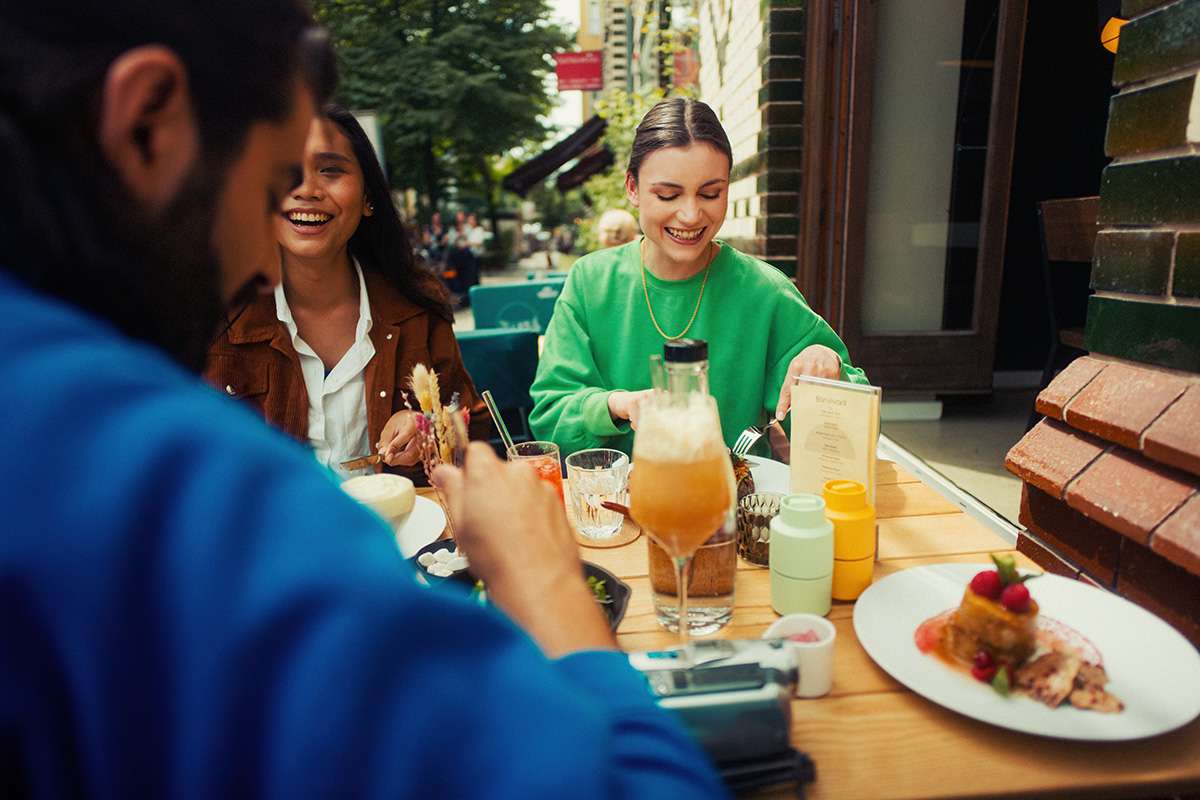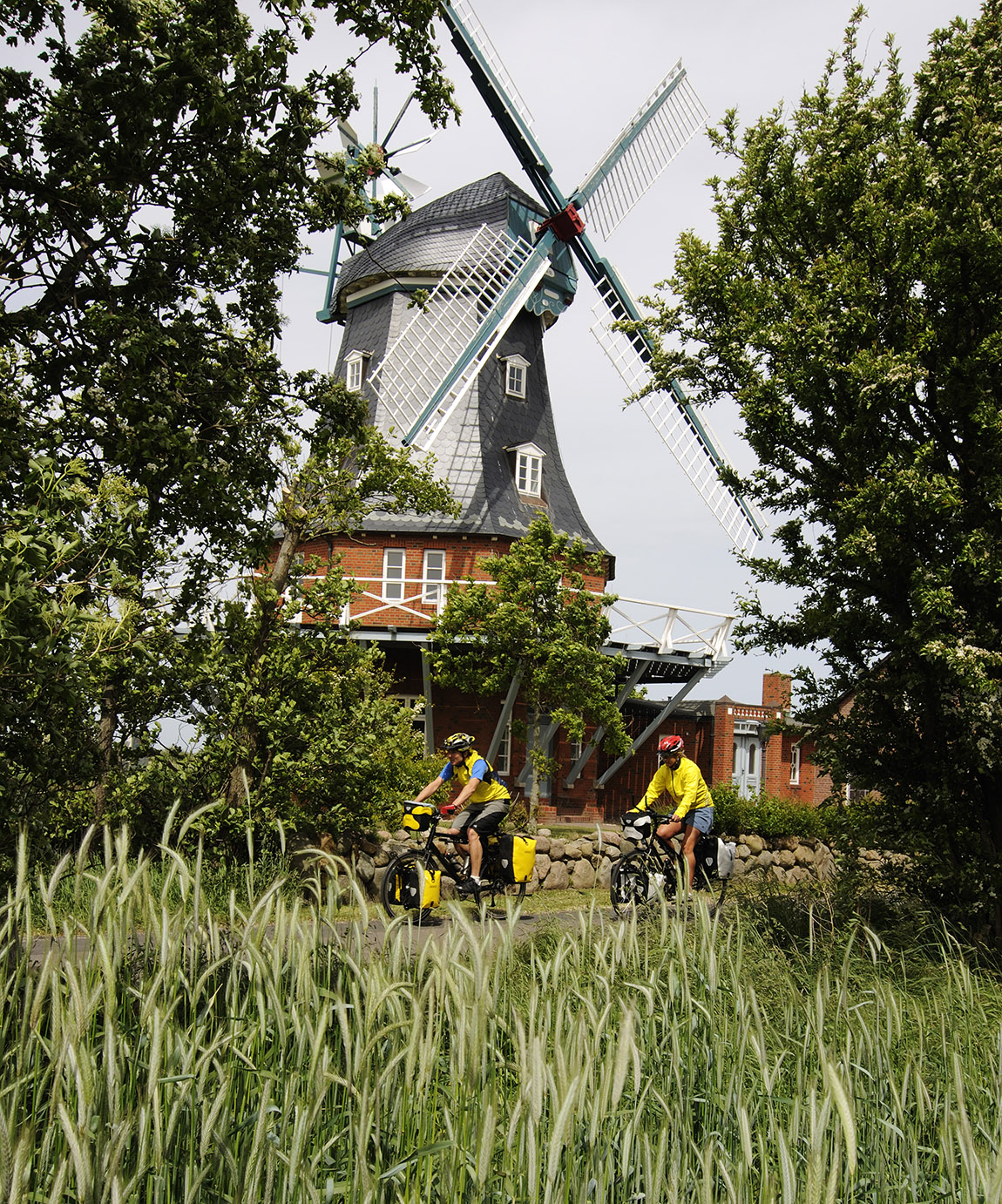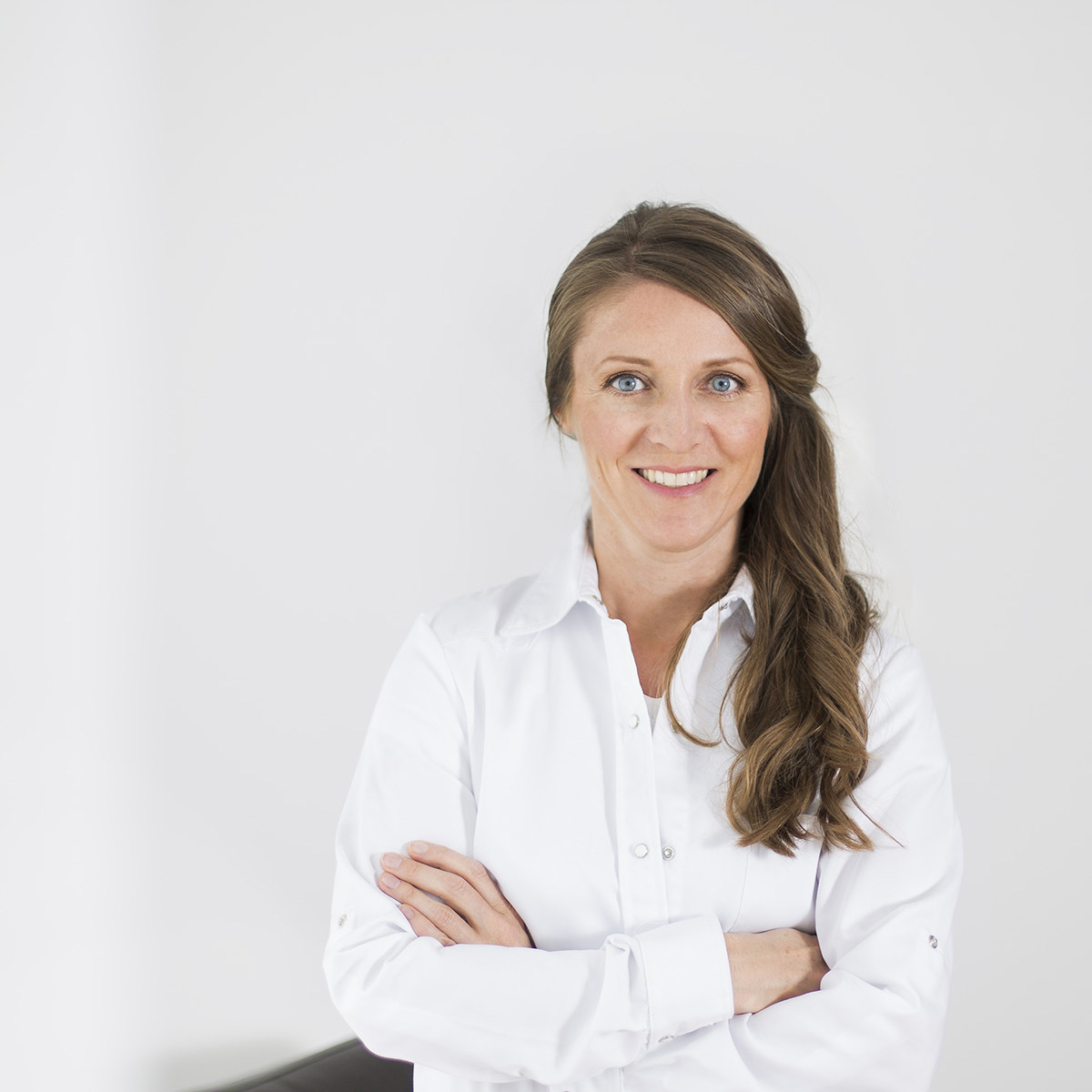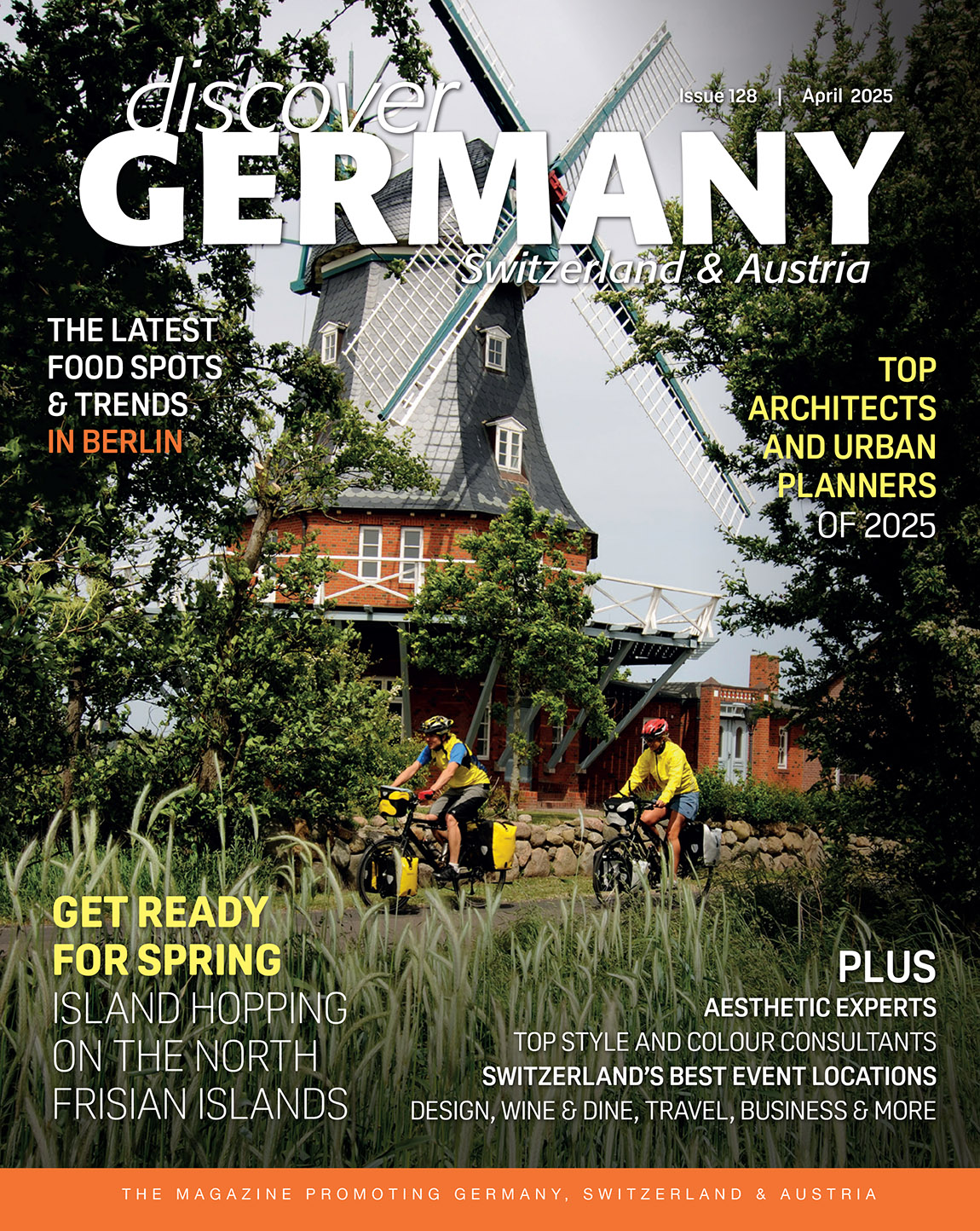Germany’s very own grands crus

German wine law is the most egalitarian in the world: according to its rules, you can make so-called Qualitätswein, or quality wine, whether the grapes were grown on a steep single slate vineyard or in a potato field.
The only quality criterion the law recognises is the sugar-level of the grapes at harvest. Another layer of quality distinguishes whether that potential alcohol level can be helped along by chaptalisation – in the case of Qualitätswein bestimmter Anbaugebiete, quality wine of designated origin, often abbreviated QbA, the enriching of grapemust with sugar to achieve a higher level of alcohol, i.e. chaptalisation, is permitted, in the case of Prädikatswein, i.e. any wine carrying one of the graded Prädikate (Kabinett, Spätlese, Auslese, Beerenauslese,Trockenbeerenauslese) it is not.Of course, the wine law also restricts yields and governs which grape varieties can be planted where – but the yield restrictions in Germany are so generous that they leave little impact.
The preoccupation with sugar, i.e. the ripeness level of grapes at harvest, is understandable for a cool-climate country relying on south-facing slopes to ripen grapes at all. Historically, it was only in the best vineyards that noble grape varieties like Riesling were planted because these were the only places in which they would actually ripen. Before global warming, this of course would have been south-facing hillsides, in soils that would stay warm overnight, like slate or basalt, often carved out by rivers that would moderate both cold and hot air. This marginal, drawn-out ripening of grapes gave German wine its unique combination of lightness and aromatic intensity.
Today, viticulture is so advanced and temperatures are warmer, that grapes ripen well almost everywhere: in a fertile potato field as well as on a stony, ancient vineyard site.To the lawmakers in 1971 – all soil was created equal. And while vines grow happily in all sorts of sites and make easydrinking wines for early consumption, to have fine, concentrated, age-worthy wine the vine has to struggle – in poor soils where almost nothing else would grow, where the roots need to drive deep into the subsoil to find sustenance. Old maps still exist with thousands of parcels of named, single sites in which fine wines would grow. In 1971 these were subsumed into Grosslagen (large site designations) and only some are still known as Einzellagen (single sites) and recognised by law. But change has come: theVDP, the Verband Deutscher Prädikatsweingüter have taken it upon themselves to stage a revolution – albeit a slow one – to classify and revive these old, single sites.
They keep refining the process and they now have identified and classified the best vineyards in Germany. Looking towards a French classification model, the best sites are known as Grosse Lage and dry wines grown there are known as Grosses Gewächs – like the Burgundian Grands Crus. Regulations on yield restriction, grape variety and vinification are stringent to ensure uncompromising quality. Strikingly, all of this is not part of the German wine law – all the rules that govern Grosse Gewächse only apply to VDP members. However, since they mostly count quality-conscious vintners with generations of winemaking and vineyard holdings behind them, this classification has become a new quality standard, pulling everything up along with them. The first few Grosses Gewächse were presented in the late 1990s – today there are hundreds of them. Thus, within just over a decade, the GGs, as they
are known, have changed the perception of German fine wine – across the world.
According to Georg Mauer, director of Wein & Glas, a leading Berlin-based retailer and wholesaler this classification has been a “remarkable success story” since it brought “wines from very particular single sites into focus.” For Boon Heng of Wein & Vin in Singapore, theVDP itself is“a seal of quality. When it comes to Grosses Gewächs we tell customers that it’s like a Grand Cru but even stricter: the sites are classified, the wines are tasted by judging panels.” Iris Ellmann, managing director of Wine Barn, a UK-based German specialist wine importer, pragmatically states: “Even if you don’t know the ins and outs of Germany you can be sure that it’s a top wine.” Veteran US-importer of German wines Rudi Wiest echoes this:“The difference between Germany and Burgundy is that you have to pay for a Grand Cru regardless of quality, in Germany when you buy GG, you get great wine.”
By Anne Krebiehl, published in Discover Germany issue 8 – October 2013 | Photos: VDP Press Images
Subscribe to Our Newsletter
Receive our monthly newsletter by email




